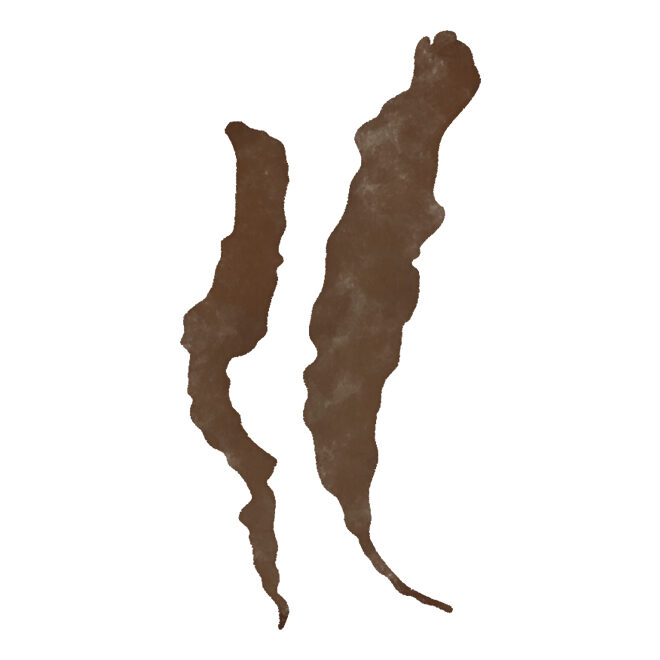Basic information of Seaweed

Biologically, there isn’t a singular plant species called “nori.” Instead, it refers to a group of seaweeds belonging to the order Bangiales and family Bangiaceae, including species like Pyropia yezoensis, Pyropia pseudolinearis, and Pyropia tenera. Nori’s characteristics vary depending on its origin. Nori from Ariake Sea, which has the highest production volume, is known for its smooth texture, fragrant aroma, and moist softness. On the other hand, nori from the Seto Inland Sea, which also has a significant production volume, is firm and crisp in texture.
It contains high levels of dietary fiber, protein, minerals, vitamin A, and B vitamins, making it a well-balanced seaweed in terms of nutrition. Particularly noteworthy is its high amino acid score, which is comparable to soybeans, making it a valuable source of high-quality protein.
| Per 100g | Energy kcal |
Protein g |
Fat g |
Carbohydrates g |
Dietary Fiber g |
Salt Equivalen g |
|---|---|---|---|---|---|---|
| Amanori (dried nori) |
276 | 39.4 | 3.7 | 38.7 | 31.2 | 1.5 |
Seaweed newly harvested in the season.
First harvest of young shoots from the seed nets.
Early harvest of the season.
November to January